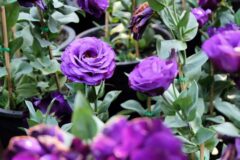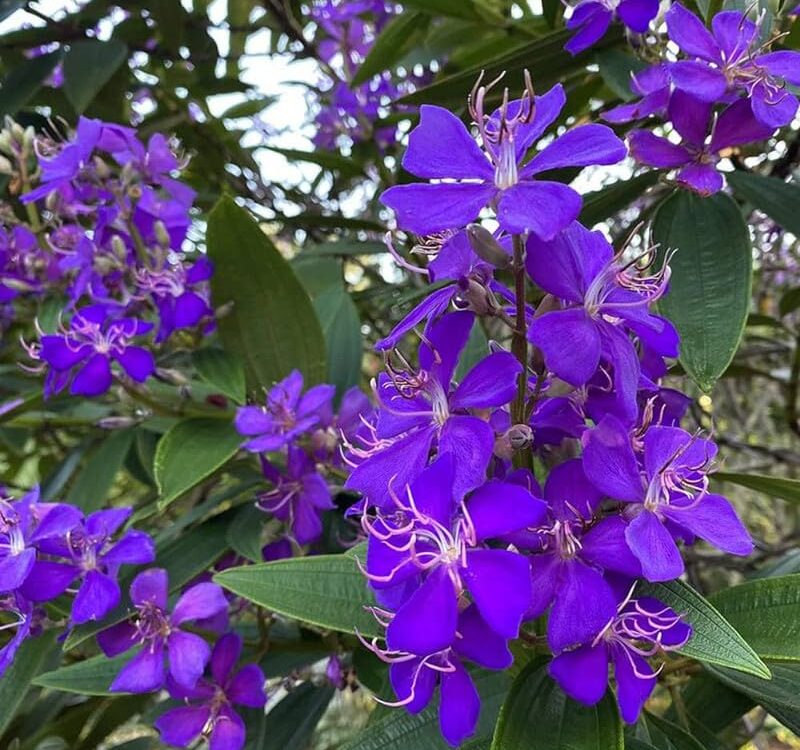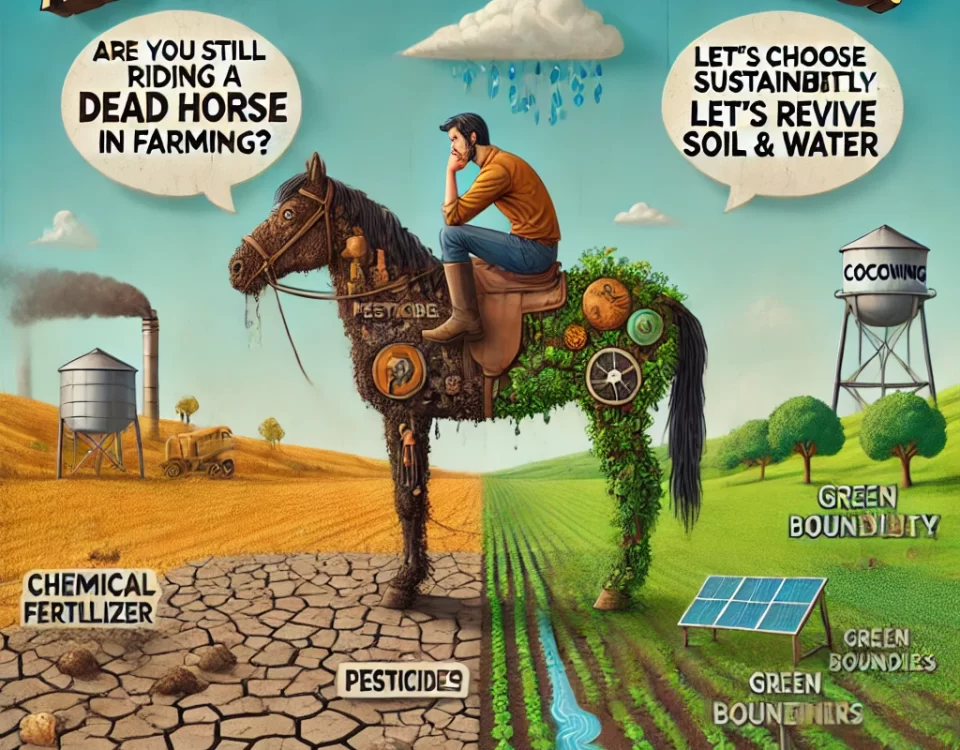Modification is required to the Miyawaki Forest concept but before we understand why and what modification, we need know, what it is? and why people grow it?
Miyawaki forests have low water requirements once established, but they need regular watering during the initial 1-2 years to ensure healthy growth. Here’s a breakdown of their water needs:

1. Initial Phase (0-2 Years)
- Frequent Watering:
- The saplings need to be watered 2-3 times per week, depending on the climate and soil conditions.
- In hot or dry regions, daily watering may be necessary for the first few weeks after planting.
- Reason: The dense planting method creates competition among saplings, which accelerates root growth and helps them establish quickly.
- Quantity: Approximately 3-5 liters per sapling per week.
2. Transition Phase (2-3 Years)
- Reduced Watering:
- After 2 years, watering can be reduced to once a week or even less.
- The growing roots start reaching deeper layers of the soil, making the forest less dependent on external watering.
- Focus: Ensure watering during dry seasons or droughts to prevent stress.
3. Established Phase (3+ Years)
- Self-Sustaining:
- By the third year, the forest becomes self-sufficient and does not require any external watering.
- The natural mulch from fallen leaves and dense canopy retains soil moisture effectively.
- Reason: The trees create a microclimate that conserves water by reducing evaporation and improving soil moisture retention.
Water Efficiency Features
- Dense Planting: Reduces evaporation and provides shade to the soil.
- Native Species: Selected plants are adapted to local rainfall patterns, minimizing water dependency.
- Mulching: Organic mulch is used to keep the soil moist and reduce the need for frequent watering.





